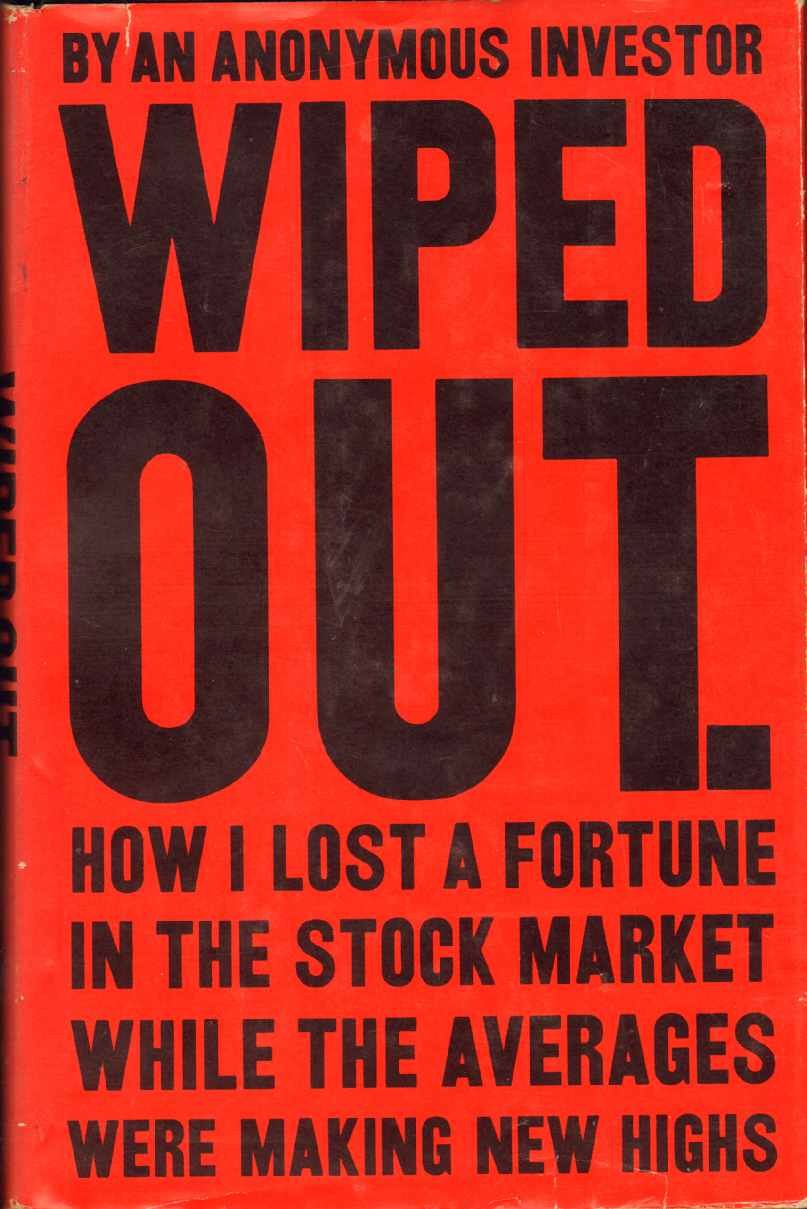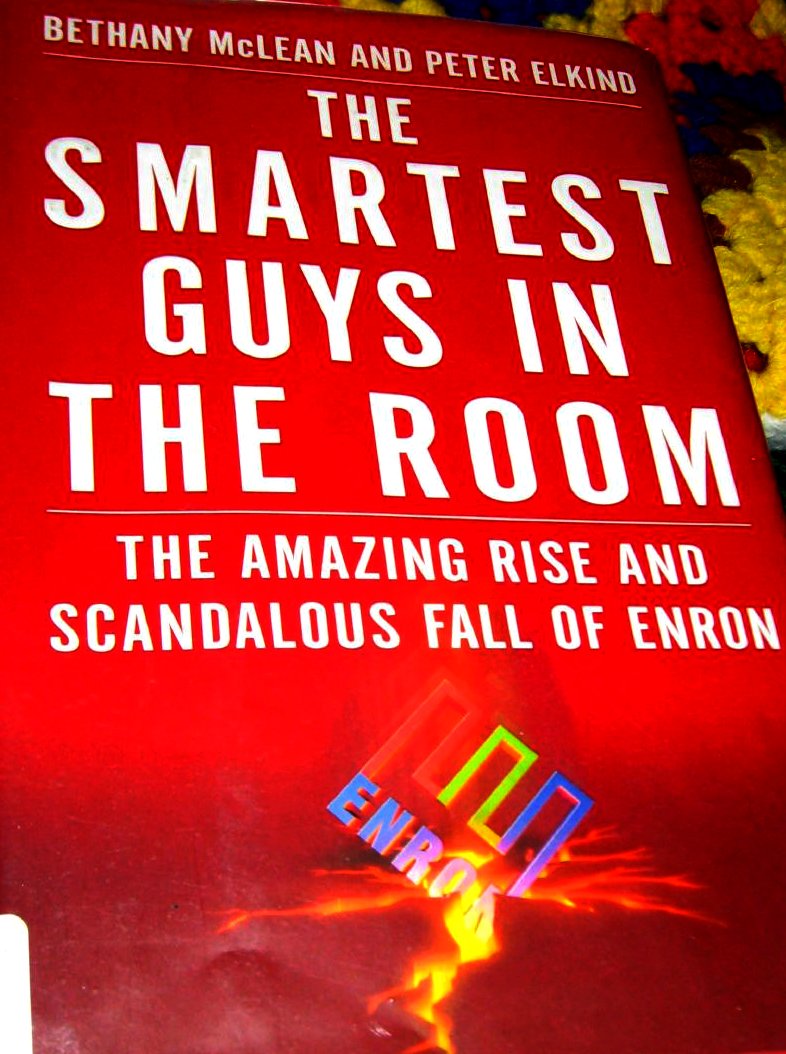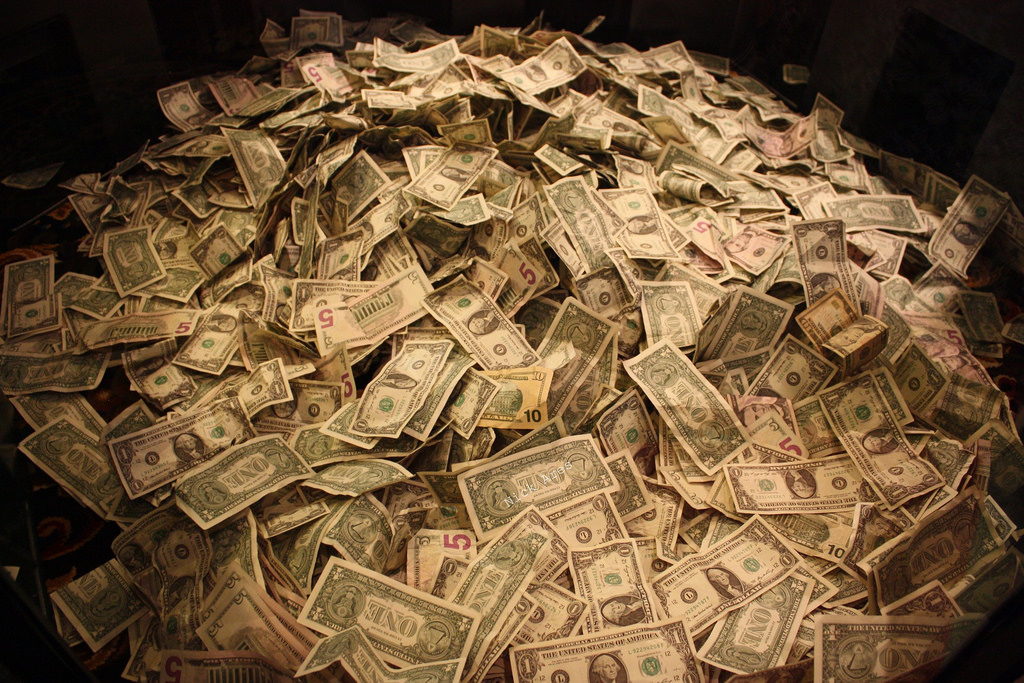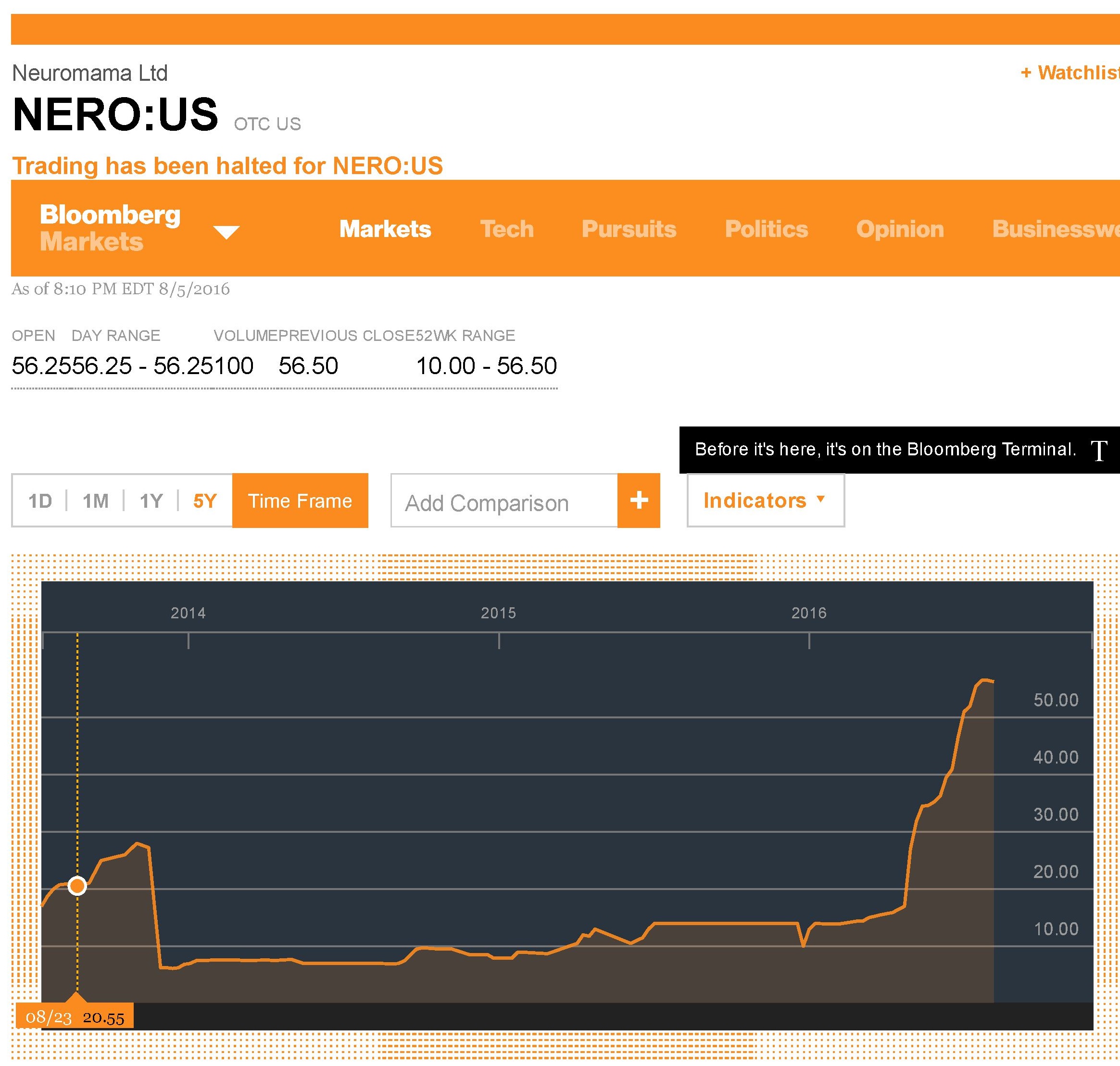On Pricing Grids, Part 1a

-==-=-=-=-=-=-=-=-=-=-=-=-=-=-=-=-=-=-=-=-=
Before I write this evening, I would like to point out?what is going on with Horsehead Holdings [ZINCQ]. ?There was an article in the New York Times on it recently. ?It’s an interesting situation where an equity committee exists in a bankruptcy, largely because the management team looks like it is not trying to maximize the value of the bankruptcy estate, but is perhaps instead trying to sell the company off to creditors cheaply in an effort to receive a benefit later from the new owners. ?Worth a look, because if the equity committee wins, it will be unusual, and if the debtors win, it very well may take value that legitimately belonged to the equity.
That said, I don’t have a strong opinion because I don’t have enough data. ?But I will be watching.
=-=-=-=-=-=-==-=-=-=-=-=-=-=-=-=-=-=-=-=-=-=-
I received a letter from a reader yesterday on a related topic from my most recent article. ?Here it is:
Hi David,
First of all, it’s nice to find you (and Ed Yardeni and Mohamed El-Erian) working when most analysts seem to be at the beach. That said, a question:
In early ’09, as you will recall, the big banks were begging for relief from mark-to-market accounting for their holdings of mortgage-backed securities, on the grounds that these securities weren’t trading at all.
“Ridiculous!” said Jeremy Grantham. “Put 2 percent of your holding out to auction and you will learn its market value quick enough.”
At the time, I thought Grantham had a fair point. Now I’m not so sure.
What was your view on that issue? John Hussman has said repeatedly that it was the FASB’s relaxation of the mark-to-market rules that set off the dramatic resurgence in stock prices that we have seen (and which he deplores).
Was the FASB’s change of policy warranted, under the circumstances?
And should the mark-to-market rule now be restored?
Here was my reply:
Hi,
I wrote a lot about this at the time.? I remain in favor of mark-to-market accounting.? The companies that got into trouble from the effects of mark-to-market accounting had engaged in sloppy risk management practices, and got caught with their pants down.
The difficulty that most of the complaining companies had was a mix of liquid liabilities requiring prompt payment, and relatively illiquid assets that would be difficult to sell.? It was the classic asset-liability mismatch — long illiquid assets financed by short liquid liabilities.? Looks like genius during the bull phase.? Toxic during the bear phase.
On Grantham’s comments: my comments Saturday night are pertinent here for two reasons — anyone selling illiquid CDO tranches, subordinated mortgage bonds, etc., immediately prior to the crisis would find two things: 1) the bids were non-existent or really poor, and 2) if the trade did take place, it would be at levels that reset the pricing grid for that area of the market a LOT lower, leaving the remaining securities looking worse, and a diminution of GAAP equity.
(As an aside, the diminution of GAAP equity might affect the ability to do secondary IPOs of stock at attractive prices, but in itself it did not affect solvency of most financial firms, because statutory accounting allowed for investments to held at amortized cost.? As such the firms could be economically insolvent, but not regulatorily insolvent unless they ran out of cash, or their short-term lending lines of credit got pulled.)
Anyway, this piece is a summary of my thoughts, and provides links to other things I wrote during that era:?Fair Value Accounting ? It Is What It Is
The regulators were pretty lenient with most of the companies involved — the creditors weren’t.? They enforced margin agreements, and pulled discretionary credit lines.
I’m not of Hussman’s opinion that relaxation of the mark-to-market rules had ANY effect on stock prices.? In general, GAAP accounting rules don’t affect stock prices, because they don’t affect free cash flow, unless the GAAP rules are embedded in credit covenants.? Statutory accounting does affect free cash flow, and can affect the prices of stocks.
Those are my opinions, for what they are worth.
Sincerely,
David








